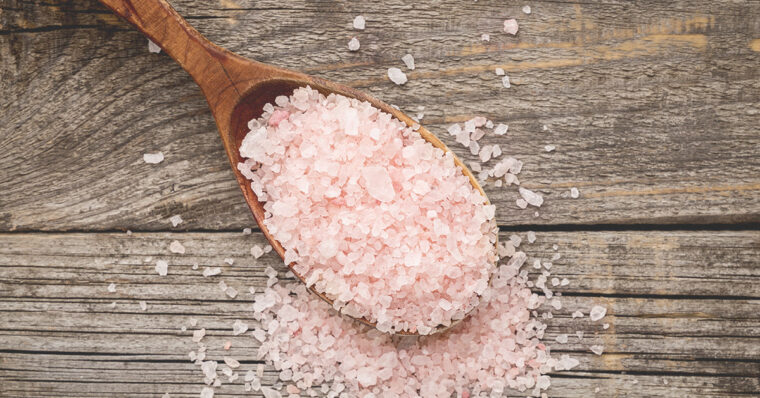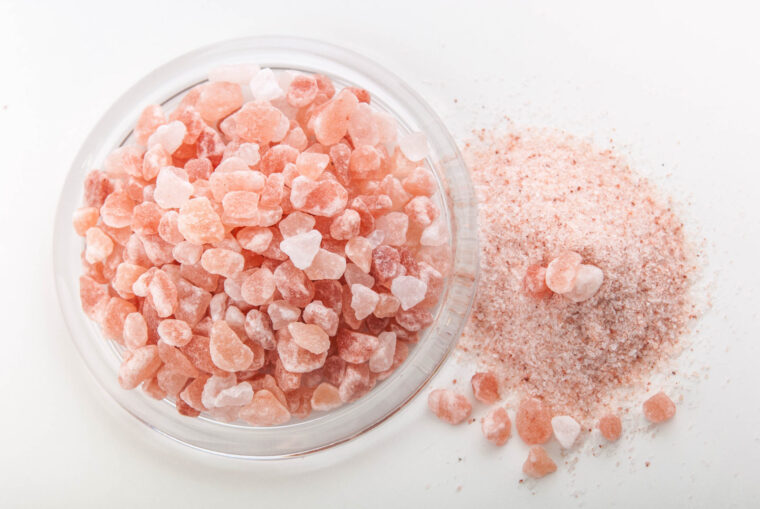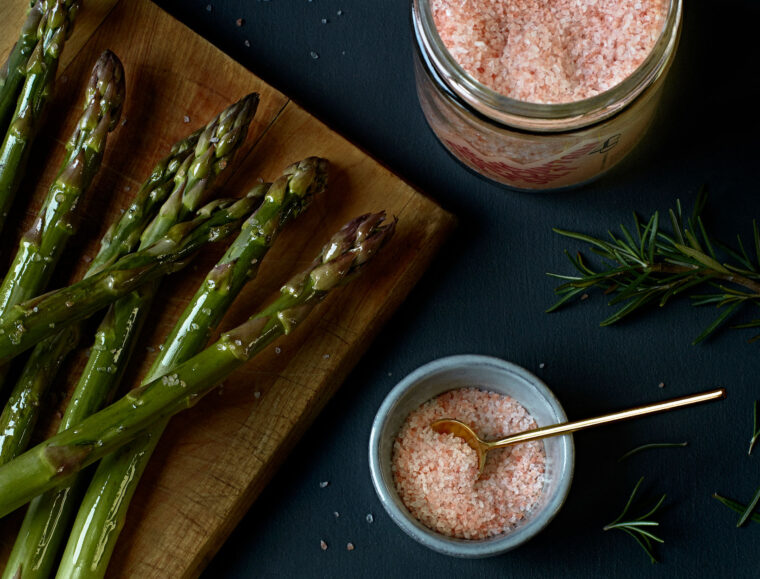Himalayan salt has been a trend for more than a decade. There are claims that it is healthier to use than ordinary cooking salt, and there are as many opponents of this theory as there are proponents. It is believed to have high protective power for the body, whether used for cooking or personal care.
Some people use it for cooking, while others believe it can help their skin look more beautiful. Himalayan salt contains many minerals and therefore has a pink color. Many households have already replaced the table salt with this one, but the question remains unanswered whether they do something good for themselves or do not change anything, except that they pay more money to buy it.
Himalayan salt originated in Pakistan, at the foot of the Himalayas. It is believed to have been used in ancient history. Nowadays you will see people who insist on replacing table salt with Himalayan, use it for cooking, as a spice, in the form of air-purifying lamps, and in skincare products. From what is known so far, there are more benefits for the skin, which can be seen at EvolveBotanica, where among other things you can buy Himalayan Salt Soap for bathing.
Minerals are always good for your skin, and you can do a gentle peel to remove dead cells. In terms of cooking, it is good to know that the chemical formula of Himalayan salt is the same as ordinary, ie it is sodium chloride and a very low concentration of minerals such as zinc, magnesium, and sulfates. Salt itself is a mineral, and these little pink crystals are over 99% sodium chloride, which means it makes no difference which one you use for cooking. But while we’re here, let’s look at the benefits of cooking with this kind of salt or not.
1. Health Benefits and Increased Mineral Intake

This is a combination of “do” and “do not”. Like any salt, it can help maintain your sodium level. Minerals have some effect, but it is minimal. So when it comes to cooking, it does not matter if you use plain or Himalayan salt, because it will certainly melt in the food and give the same level of salinity. The only difference is that this one is a little bit milder than the white salt.
2. Nutritional Supplement
This is a big “don’t”. All the ads that it contains more minerals are correct, but that amount is about 1% higher compared to ordinary table salt. Many advertisements claim that if you replace it, you will get healthier food, which some people have started to overdo and use more than they should. Consume Himalayan salt as you consume the ordinary one. There is no need to exaggerate.
3. Protection Against Hyponatremia

People have trouble maintaining electrolyte levels in their blood. Salt is important in the diet because in that way the sodium levels in the blood are maintained at a satisfactory level. However, you should do all this carefully to avoid excessive sodium intake. For many consumers, Himalayan salt is a better choice, as the salinity is slightly lower than cooking salt. This is still a “do”, but taken with a grain of salt (the pun was not intended). Why?
Because if you consume too much, you can get into a state of hypernatremia. It equates to sodium poisoning and carries many risks. If you feel dehydrated after consuming Himalayan salt in any way, it would be good to reduce the amount. Excessive amounts can also lead to life-threatening conditions, so be very careful.
4. Increased Risk of Osteoporosis
Salt minerals, of any type, bind to calcium. This means that the more salt you use, the more calcium there is in your urine and feces. Decreased concentration of calcium in your body can lead to a risk of osteoporosis. People who have a genetic predisposition to this disorder are always on a low-sodium diet for prevention. As we have said, Himalayan salt is 99% the same in chemical composition as table salt, which means that we have a huge “do” for those who think it is a suitable substitute and reduces the risk of osteoporosis.
5. Aesthetics in Serving Food

It is certainly more attractive to serve roasted fish or a salad decorated with pink salt instead of white. If you do gastronomy and food serving, then you have a “do” when it comes to the use of Himalayan salt.
On the other hand, the minerals that give the pink color to the salt will not color the food. Even if you dissolve it in water, you will see that the color is more white than pink. So, if it’s for aesthetics, feel free to use it. When dissolved, it has no color.
6. Iodization of Salt
We all know that salt goes through the process of iodization because iodine is needed for the proper function of the thyroid gland, but also other processes in the body. Himalayan salt is not processed in this way, but still naturally contains certain minimal amounts of iodine. Therefore, this is a “don’t” because that iodine is not enough to compensate for the body’s needs.
Conclusion
From all that you have read, it is up to you to decide whether or not to use Himalayan salt for cooking. Now you know what a marketing ploy is and what the truth is. Be careful, because there are fake products on the market, ie ordinary salt, but dyed pink.
Our recommendation is to prioritize skincare and invest in products that contain Himalayan salt, such as soaps. You will get a gentle mineral peeling, which will help to renew the surface layer of the skin.
In the end, the decision is yours. But it is better to know that the benefits of body care are more numerous than using it for cooking and overdoing it.
We hope that this article has all the answers you needed on this topic and that it will be easier for you to decide what salt to use in cooking.
